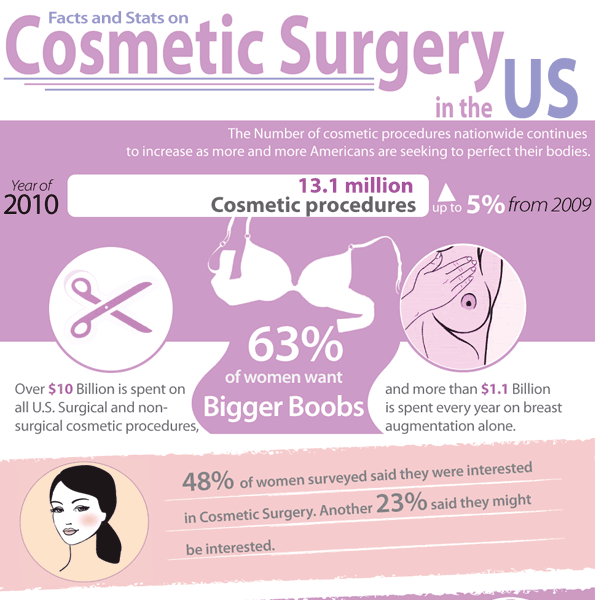Hormonal acne is characterized by blocked pores and oily skin that generally shows up on the chin and jawline. It happens when hormonal adjustments activate inflammation and bacterial overgrowth within hair roots.
Breakouts may appear as whiteheads, blackheads, papules or pustules and cysts or nodules in much more serious instances. It is a lot more usual in teenagers undergoing adolescence however can impact grownups of any kind of age.
What Creates Hormone Acne?
While acne can be triggered by a range of aspects, consisting of making use of hair and skin treatment products that aren't oil-free or made with ingredients that could clog pores, genetic predisposition, diet,2 and stress, the root cause is fluctuating hormones. Hormone acne takes place when the body experiences hormone adjustments and changes that cause an overflow of sebum, which triggers inflammation, enhanced growth of bacteria and changes in skin cell activity.
Hormone acne is commonly discovered on the lower jawline, cheeks and neck however can appear anywhere on the body. It is characterized by imperfections that are cystic, excruciating and loaded with pus or various other product. It is likewise more likely to occur in women than males, specifically throughout adolescence, the menstrual cycle, pregnancy or menopause.
Age
While several children experience acne at some time throughout adolescence, it can continue to plague grownups well right into their adult years. Referred to as hormonal acne, this kind of outbreak is connected to changes in hormones and is typically most usual in females.
Hormonal acne occurs when oil glands generate way too much sebum, which blocks pores and traps dead skin cells. This leads to the development of acnes, such as whiteheads, blackheads and papules, pustules, cysts or nodules, deep under the surface.
This sort of acne typically causes discomfort, inflammation and inflammation. It may additionally be cyclical and appear around the very same time every month, such as right before your period begins. This is since levels of women hormones like progesterone and oestrogen fluctuate with each menstruation.
Menstrual Cycle
Hormonal acne commonly shows up in the lower part of your face, along the jawline and cheeks, as whiteheads, blackheads or inflammatory acnes (pimples and cysts). It's probably to appear around the time when your menstruation changes.
Especially around ovulation, when estrogen and progesterone degrees are on the surge, hormone fluctuations can create breakouts. But it's additionally possible to obtain acne at any type of point throughout your 28-day menstrual cycle.
If you see that your hormonal acne flare right prior to your period, attempt discovering when exactly this occurs and see if it relates to the stages of your 28-day menstrual cycle. This will certainly help you determine the root causes of your skin problems. For instance, you may intend to deal with stabilizing your blood glucose and removing high-sugar foods, or think about a prescription medication like spironolactone that can control your hormones.
Maternity
Growing a child is a time of dramatic hormone changes. For lots of women, this consists of a flare-up of hormonal acne. This sort of breakout normally begins in the initial trimester, around week six. It's brought on by hormone surges that boost sebaceous glands to make even more oil, which can clog pores and create more germs to build up.
Breakouts might also take place as a result of pre-existing conditions like polycystic ovary disorder, which can additionally be a problem while pregnant and menopause. Also, some sorts of birth control pills (such as Ortho Tri-Cyclen and YAZ) can activate hormone acne in some women.
Luckily, most acne treatments are "no-go" for expectant ladies (consisting of popular acne-fighting components such as isotretinoin and spironolactone). Yet if skin care with deinoxanthin you can't stay clear of those irritating bumps, your medical professional may recommend dental erythromycin or cephalexin, which are safe during pregnancy.
Menopause
As ladies come close to menopause, the estrogen levels that triggered their hormonal agent acne to flare up throughout puberty begin to maintain and decrease. At the same time, nevertheless, a spike in androgens (additionally called male hormones) happens because these hormones can not be exchanged estrogen as effectively as previously.
The unwanted of androgens can trigger oil production by the sweat glands, which obstructs pores. When the blocked pores ended up being swollen and irritated, a pimple types.
Hormone acne is generally seen on the face, especially around the chin and jawline, yet it can occur on the neck, back, shoulders, or chest. This kind of acne often tends to flare in a cyclical pattern, similar to the menstruation. Stress and anxiety, which increases cortisol and tosses hormonal agents out of balance, likewise adds to the outbreaks.
